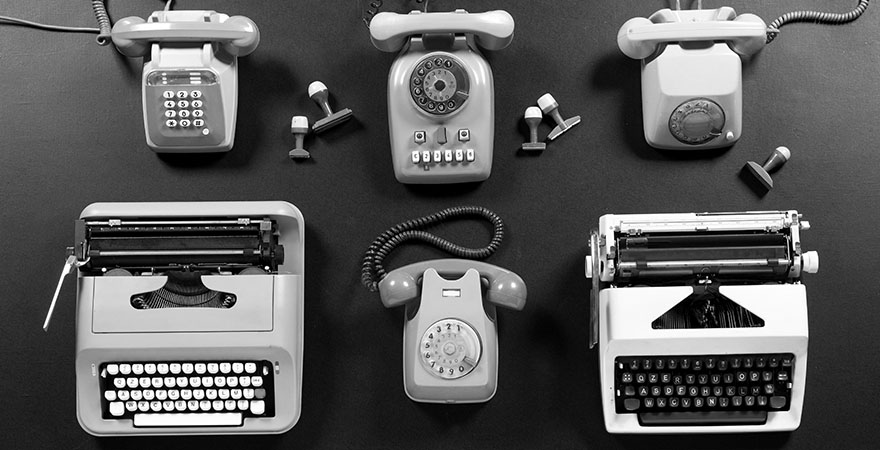The concept to lithography printing technique
Lithography is a method and an art of printing that demonstrates the idea that oil and water do not mix because the process is basically putting writing or designs on stone with a greasy material.
Lithographers made use of zinc or aluminum plates, but in the earlier years, artists would use separate stones they call a lithographic limestone for each color to be used. The lithographic inks used are oil based and the chemicals used in processing are harmless to the artist or printer.
This versatile printing technique suits the needs of a specific style of printing. It can have a subtle effect after layers of washes, but it can also have strong lines like that of a pencil drawing. With a master lithographer, many effects can be possible with this type of printing.
Lithographic printing was once a standard and was extensively used. Many of us see lithographic prints everywhere and do not recognize them because we are so used to seeing them. Examples of use are posters, advertising novelties, labels, letter-heads, colored postcards, and even in magazine covers.
Origins of lithography printing technique
In 1796, Aloys Senefelder of Munich, Germany invented Lithography accidentally and out of sheer need. Senefelder had limited finances and tried to find ways to printing and publishing the several plays which he had written and when he secured a piece of limestone he thought of reverse writing on this polished stone. The ink he used on copper plates did not work on the stone so he used specially prepared ink that was oil-based and used it when his mother asked him to make a laundry list.
He tried pouring acid over the limestone and discovered that his writing stood out as the stone was eaten away by the acid and he was able to make very clear impressions of the list on paper through this method.
It defined The Golden Age of Illustration
Lithography wasn’t just any other printing method; it was a popular with artists back in the day. With many distinguished, renowned and respected artists such as Henri Toulouse Lautrec, Alphonse Mucha, Jules Cheret, Leonetto Cappiello, and many more are using the printing process in making masterpieces.
Lithography printing was important in 1900s as it was the only way that printed material can be duplicated quickly and cheaply for wide distribution. It was during this time which is also known as The Golden Age of Illustration 1880s to 1930s, there were a great demand for artists and writers. It was a period when printed media such as books, magazines, and advertising art in vintage posters flourished.
Modern Lithographic Process
Since Senefelder’s time, lithography has advanced and changes have been made in the process. Instead of limestone, which is now more expensive and hard to acquire, lithographers now use zinc and aluminum plates which are far cheaper and easier to use.
An important development in lithography is the offset printing process. This is an indirect method of making impressions using three cylinders. One cylinder holds the curved plate, the second holds a rubber blanket and the third receives the sheet of paper upon which the printing is to be done. Aside from the offset presses there are the flat-bed litho-graphic presses, rotary presses which print directly from the lithographic plates on the paper – all operated by electricity.

